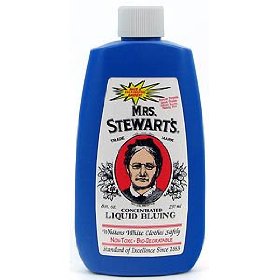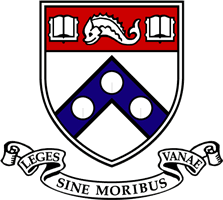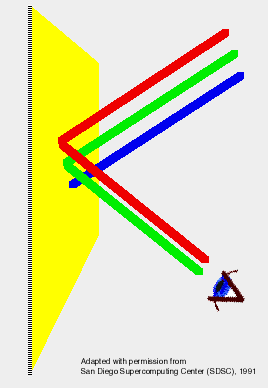Bluing, FWAs Precursor
Figure 1. Mrs. Stewart's
Bluing (1).
 Bluing, a mild blue
dye, was the precursor to
FWAs (2). Before FWA use became ubiquitous, bluing was used by
homemakers to make white laundry whiter (See Figure 1). Aged
persons could also use it to make their greying hair appear less yellow
(3).
Bluing, a mild blue
dye, was the precursor to
FWAs (2). Before FWA use became ubiquitous, bluing was used by
homemakers to make white laundry whiter (See Figure 1). Aged
persons could also use it to make their greying hair appear less yellow
(3). Of course, sometimes mistakes were made. Too much bluing could result in bluish-tinged laundry or hair. In fact, the overuse of bluing hair dye amongst appearance-concerned, elderly women may have given rise to the phrase "little, old, blue-haired lady." Reference to this physical trait even shows up in the famous Christmas rhyme by Randy Brooks, "Grandma Got Run Over By a Reindeer (4): "




